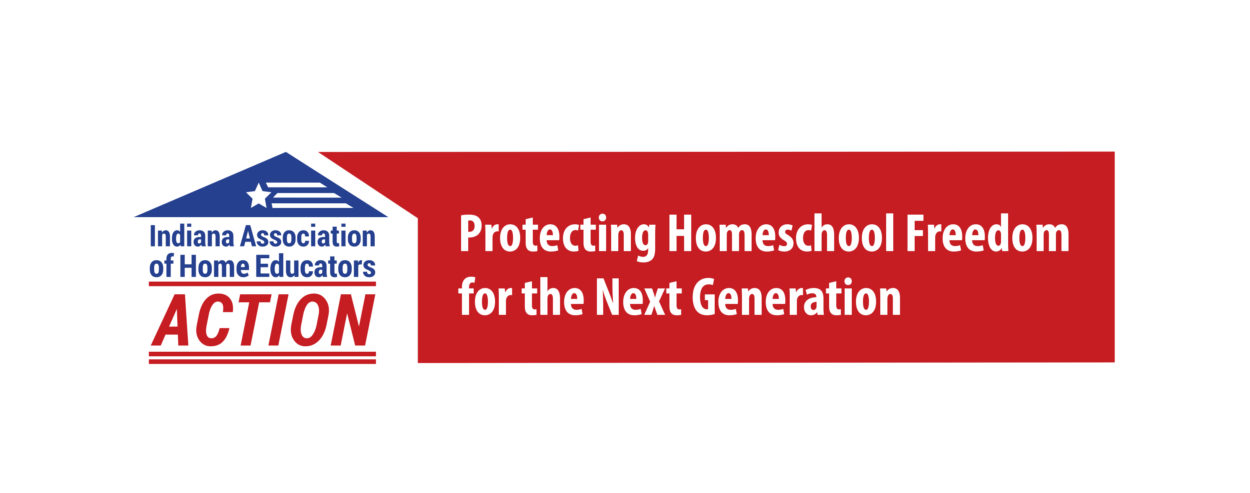HEA 1384 Various Education Matters Representative Robert Behning (R – Indianapolis) This session, IAHE was asked to testify in the House and the Senate in regards to the “push out” problem where the public and some accredited private schools encouraged problem students to “homeschool” in order to protect the school’s A-F state accountability grade. A…
Tag: assessments
Rigged Assessments
As a follow-up to Mary Black’s post about assessments, we’ve asked Wendy Hart, a friend of IAHE Action, to share how they may be rigged. We all know that polls can be skewed and that ‘what everybody knows’ may not be so. Similarly, assessments and assessment data can be gathered, used, and presented in various ways to…
